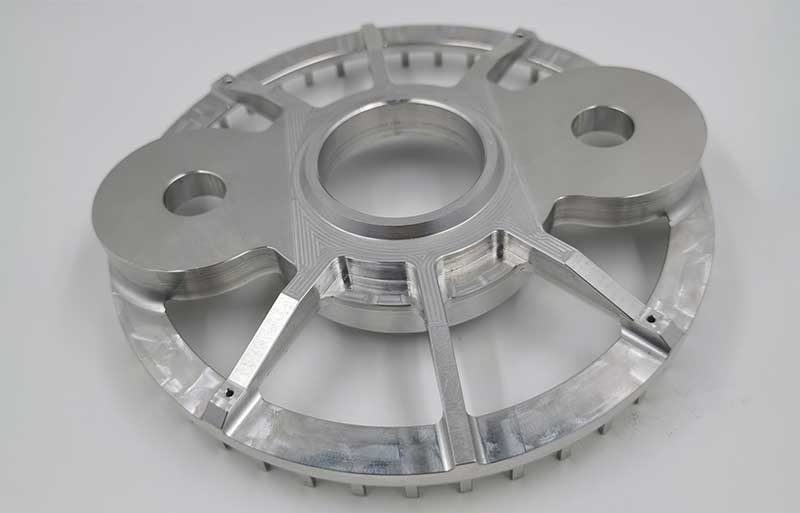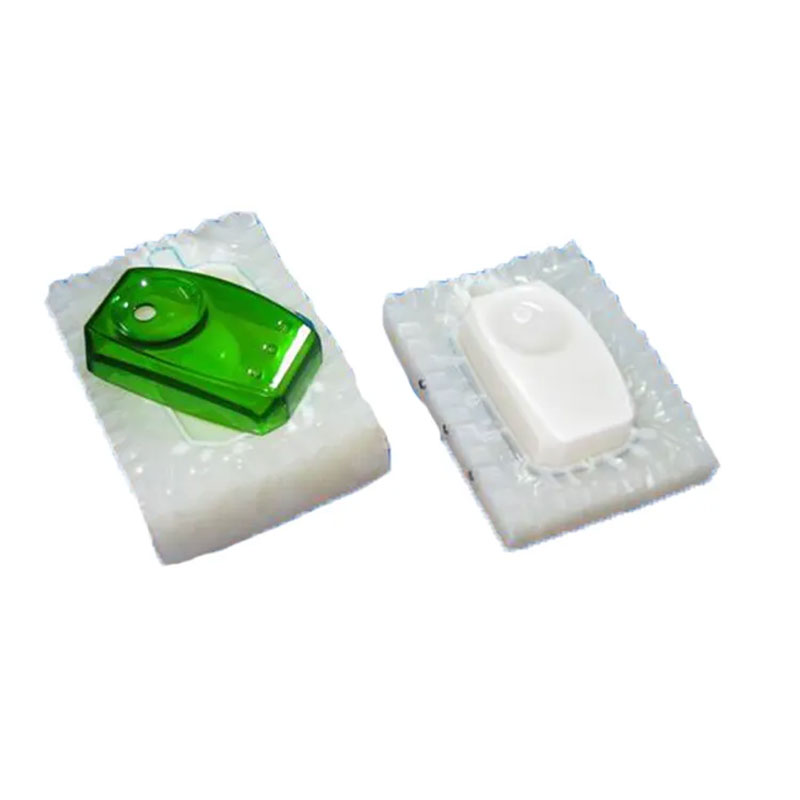There are different grades of titanium and types of titanium alloys, each with its ideal application, merits, and demerits. Let’s examine these grades in detail.

Grade 1 (Pure Titanium with low oxygen content)
Among the most frequently utilized titanium types, this one is the softest and most ductile titanium alloy. Grade 1 titanium has excellent machinability, impact toughness, corrosion resistance, and formability. On the downside, it is lower in strength when compared to other grades of titanium. This grade finds application in the medical, automotive, and aerospace industries.
Grade 2 (Pure Titanium with standard oxygen content)
This is also known as workhorse titanium. It has high corrosion resistance, strength, formability, weldability, ductility, and low strength. Grade 2 titanium finds application in the medical and aerospace industries for producing aircraft engines.
Grade 3 (Pure Titanium with medium oxygen content)
Although not as commercially popular as grades 1 and 2, this titanium has good mechanical properties. It has a high corrosion resistance as well as machinability and strength. It finds application in the medical, marine, and aerospace industries.
Grade 4 (Pure Titanium with high oxygen content)
This grade of titanium has high strength and corrosion resistance. However, it isn’t easy to machine, often requiring high quantities of coolant and feed rate. Grade 4 titanium finds application in cryogenic vessels, CPI equipment, airframe components, heat exchangers, etc.
The above Grades 1-4 are all pure titanium, the next section is about the different grades of titanium alloy.
Grade 5 (Ti6Al4V)
Grade 5 titanium alloy contains 4% vanadium and 6% aluminum. It is not as strong as other alloys but has high corrosion resistance and formability. It is ideal for power generation, offshore and marine applications, and critical airframe structures.
Grade 6 (Ti 5 Al-2.5Sn)
This titanium grade has good stability, strength, and weldability, especially at high temperatures, which gives them application in the production of airframes and jet engines.
Grade 7 (Ti-0.15Pd)
This grade of titanium is similar to grade 2, with the only difference being its palladium content, added to improve its corrosion resistance. Grade 7 titanium alloy has excellent formability and weldability. It is ideal for use in producing chemical processing equipment.
Grade 11 (Ti-0.15Pd)
Grade 11 titanium is quite similar to grade 7. However, it is more ductile, with a lower tolerance for other impurities. It has a lower strength than grade 7 and finds application in the marine and chlorate manufacturing industry.
Grade 12 (Ti0.3Mo0.8Ni)
Grade 12 titanium is quite expensive and contains 0.8% nickel and 0.3% molybdenum, giving it excellent weldability, strength at high temperatures, and corrosion resistance. It finds application in shell and heat exchangers, marine and aircraft components, etc.
Grade 23 (T6Al4V-ELI)
Also known as extra low interstitial or TAV-EIL, the grade 23 titanium shares similar properties to grade 5 but is purer. It has good fracture toughness, biocompatibility, and poor relative machinability. It finds use in the production of orthopedic pins, screws, surgical staples, and orthodontic appliances.


